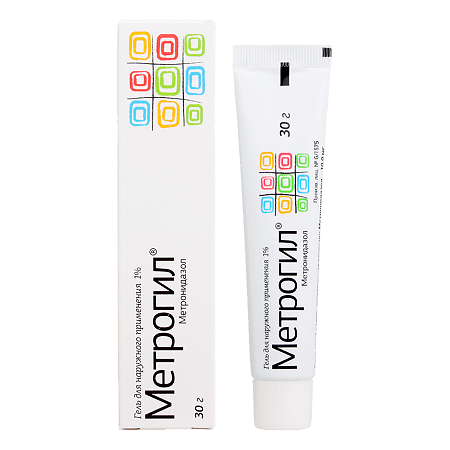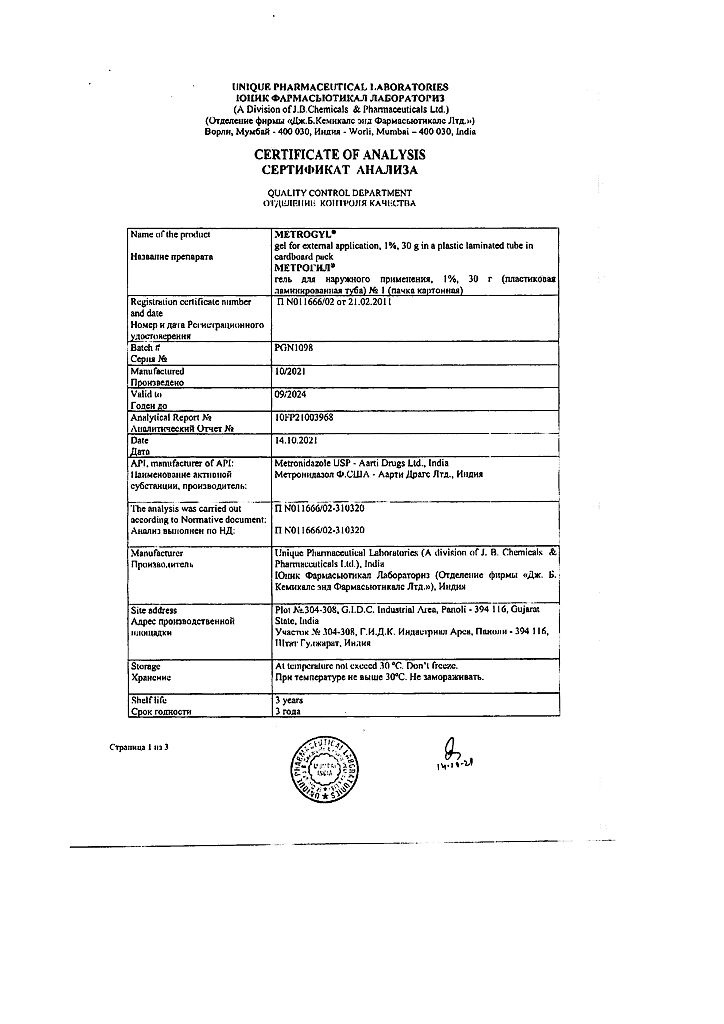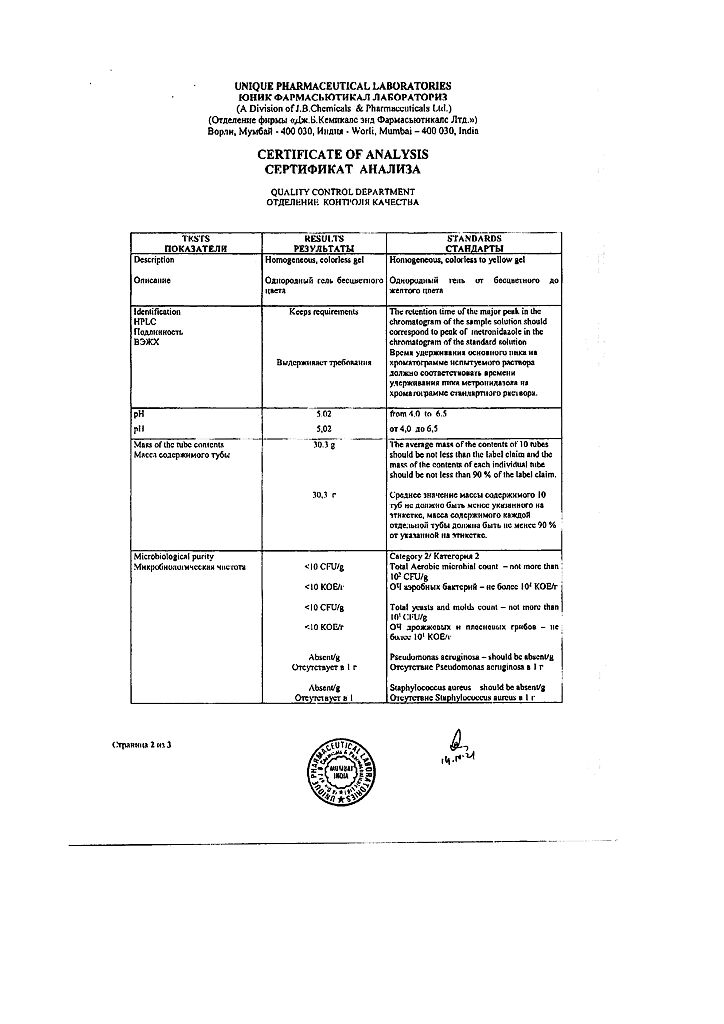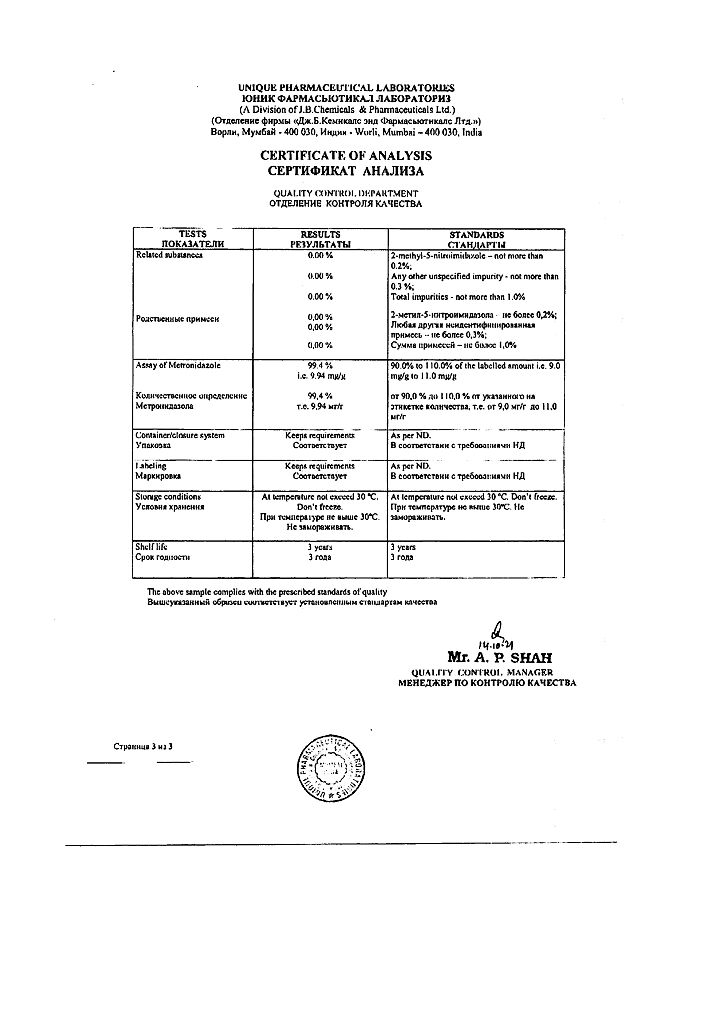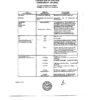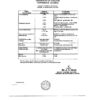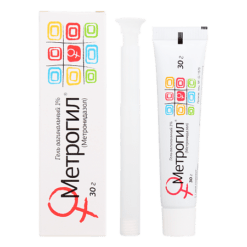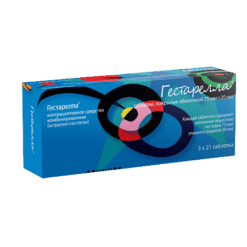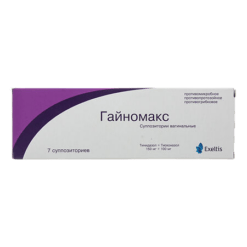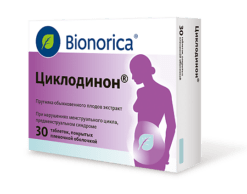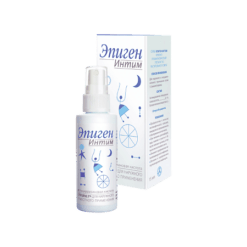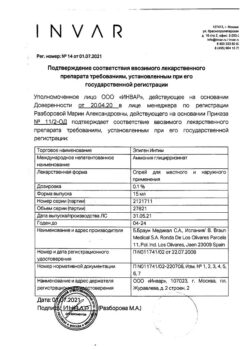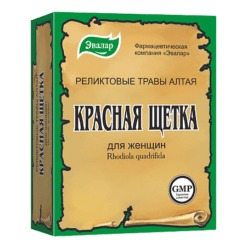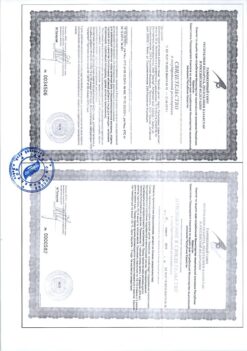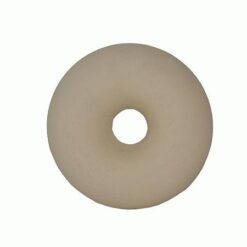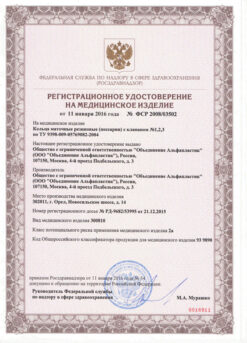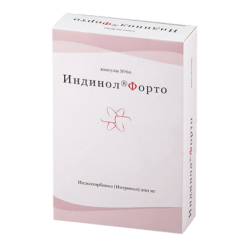No products in the cart.
Metrogil, gel 30 g
€8.15 €7.13
EAN: 8901086131294
SKU: 29804
Categories: Gynecology and Obstetrics, Medicine, Trichomoniasis and malaria
Description
An antiprotozoal and antimicrobial drug, a derivative of 5-nitroimidazole. Mechanism of action consists in biochemical reduction of 5-nitrogroup of metronidazole by intracellular transport proteins of anaerobic microorganisms and protozoa. The reduced 5-nitrogroup of metronidazole interacts with the DNA of the microbial cell, inhibiting the synthesis of their nucleic acids, which leads to the death of the bacteria.
Active against Trichomonas vaginalis, as well as Gram-negative anaerobes Bacteroides spp. (including Bacteroides fragilis, Bacteroides distasonis, Bacteroides ovatus, Bacteroides thetaiotaomicron, Bacteroides vulgatus), Fusobacterium spp. and some Gram-positive microorganisms (sensitive strains of Eubacterium spp, Clostridium spp., Peptococcus spp., Peptostreptococcus spp.). MPC for these strains is 0.125-6.25 µg/ml.
When applied topically it has an anti-acne action which mechanism is not known exactly (it is not connected to the action on the mite Demodex folliculorum which is found in hair follicles and sebaceous glands secretion and it does not have any influence on production of this secretion).
Metronidazole for external use may have antioxidant activity. It has been found to significantly reduce the production by neutrophils of reactive oxygen, hydroxyl radicals and hydrogen peroxide, which are potential oxidants that can cause tissue damage at the site of inflammation. Metronidazole for external use is ineffective against telangiectasias seen in pink acne.
Metronidazole is insensitive to aerobic microorganisms and facultative anaerobes, but in the presence of mixed flora (aerobes and anaerobes) metronidazole acts synergistically with antibiotics effective against common aerobes.
Indications
Indications
Treatment of rosacea.
Pharmacological effect
Pharmacological effect
Antiprotozoal and antimicrobial drug, a derivative of 5-nitroimidazole. The mechanism of action is the biochemical reduction of the 5-nitro group of metronidazole by intracellular transport proteins of anaerobic microorganisms and protozoa. The reduced 5-nitro group of metronidazole interacts with the DNA of the cell of microorganisms, inhibiting the synthesis of their nucleic acids, which leads to the death of bacteria.
Active against Trichomonas vaginalis, as well as gram-negative anaerobes Bacteroides spp. (including Bacteroides fragilis, Bacteroides distasonis, Bacteroides ovatus, Bacteroides thetaiotaomicron, Bacteroides vulgatus), Fusobacterium spp. and some gram-positive microorganisms (susceptible strains of Eubacterium spp., Clostridium spp., Peptococcus spp., Peptostreptococcus spp.). The MIC for these strains is 0.125-6.25 μg/ml.
When applied externally, it has an anti-acne effect, the mechanism of which is precisely unknown (not related to the effect on the Demodex folliculorum mite, found in hair follicles and the secretion of the sebaceous glands, and any effect on the production of this secretion).
Metronidazole for external use may have antioxidant activity. It has been found that it significantly reduces the production of active oxygen, hydroxyl radicals and hydrogen peroxide by neutrophils, which are potential oxidants that can cause tissue damage at the site of inflammation. Metronidazole for external use is ineffective against telangiectasias noted with rosacea.
Aerobic microorganisms and facultative anaerobes are insensitive to metronidazole, but in the presence of mixed flora (aerobes and anaerobes), metronidazole acts synergistically with antibiotics effective against common aerobes.
Special instructions
Special instructions
It is not recommended to prescribe the drug to pregnant women in the first trimester of pregnancy.
During lactation, if it is necessary to prescribe the drug, the issue of stopping breastfeeding should be decided.
Information about the possible effect of a medicinal product for medical use on the ability to drive vehicles and machinery.
The drug does not affect the ability to drive a car or operate moving mechanical equipment.
Active ingredient
Active ingredient
Metronidazole
Composition
Composition
Composition per 1 g of gel:
Active substance:
Metronidazole – 10.0 mg;
Excipients:
Contraindications
Contraindications
Hypersensitivity to metronizadol and other components included in the drug. Children under 18 years of age.
Side Effects
Side Effects
When applied topically, the concentration of metronidazole in the blood is very low, so the risk of systemic side effects is low.
Interaction
Interaction
When used simultaneously, it enhances the effect of warfarin and other indirect anticoagulants (increases prothrombin time).
Overdose
Overdose
There were no cases of drug overdose when prescribed in recommended doses.
Storage conditions
Storage conditions
Store in a place protected from light, out of reach of children, at a temperature not exceeding 30°C.
Shelf life
Shelf life
3 years. Do not use after the expiration date stated on the package.
Manufacturer
Manufacturer
Unique Pharmaceutical Laboratories, India
Additional information
| Shelf life | 3 years. Do not use after the expiration date printed on the package. |
|---|---|
| Conditions of storage | Store in a dark place out of the reach of children at a temperature not exceeding 30 ° C. |
| Manufacturer | Unique Pharmaceutical Laboratories, India |
| Medication form | gel for external use |
| Brand | Unique Pharmaceutical Laboratories |
Other forms…
Related products
Gynecology and Obstetrics
Gynecology and Obstetrics
Prepidil, intracervical gel 0.5 mg/3 g syringes with catheter
Buy Metrogil, gel 30 g with delivery to USA, UK, Europe and over 120 other countries.

